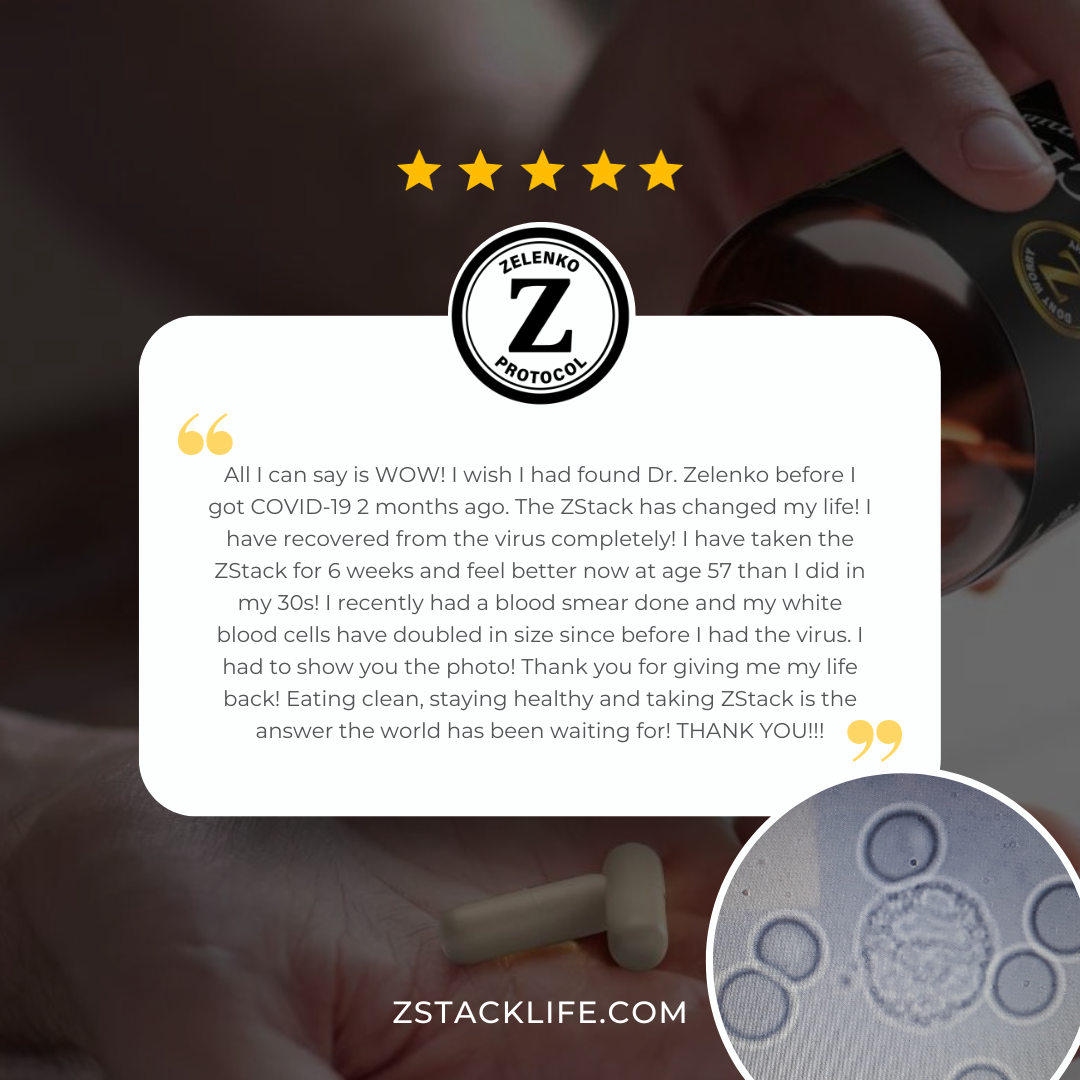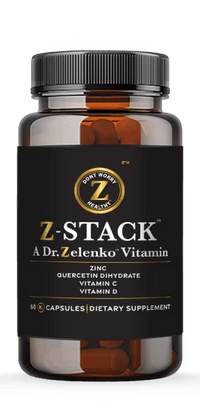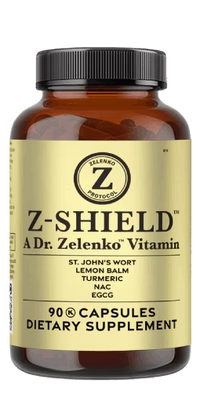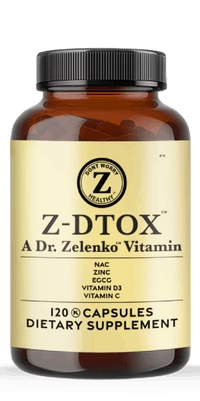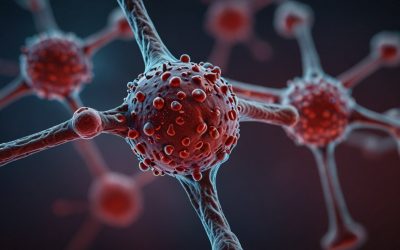Imagine your body as a bustling city, where the hustle and bustle of everyday life is occasionally disrupted by the sudden flare of sirens — this is inflammation, a vital emergency response to injury or infection. As you age, though, these sirens seem to wail persistently, a low-grade alarm that never quite ceases, signaling the presence of chronic inflammation. You’re aware that this constant inflammatory response is linked to the natural aging process, but the intricacies of this relationship are more profound than you might expect. It’s not merely about the aches in your joints or the slower healing of wounds; it’s a critical factor influencing how gracefully you’ll navigate your later years. The ongoing battle within could be quietly shaping your health destiny, and understanding its mechanisms may hold the key to unlocking a more vibrant old age. Are you prepared to explore the hidden connections between the fires of inflammation and the ticking clock of time?
Key Takeaways
- Chronic inflammation accelerates the aging process and contributes to age-related diseases.
- Senescent cells accumulate with age and release pro-inflammatory cytokines.
- Chronic inflammation is linked to age-related diseases and health decline.
- Targeting senescent cells with senolytic drugs may mitigate the impact of aging.
Understanding Inflammation’s Role
To grasp why chronic inflammation is often dubbed a silent killer, it’s critical to understand its pivotal role in accelerating the aging process and contributing to the onset of age-related diseases. During aging, your immune system increasingly faces a paradox: it must maintain vigilance against infections while avoiding an overzealous response that can harm the body. Senescent cells, which no longer divide but resist death, accumulate with age and exacerbate this challenge.
These cells adopt what’s known as a senescence-associated secretory phenotype (SASP), releasing pro-inflammatory cytokines, which are signaling proteins that can induce inflammatory responses in neighboring cells. This constant low-level activation of the immune system doesn’t just fight infections; it also inflicts collateral damage on tissues, contributing to the degradation associated with aging.
As you delve deeper into the mechanisms of chronic inflammation, you’ll find that immune cells, once protectors, can become double-edged swords. During aging, inflammatory responses are less about healing and more about reacting to internal signals of distress, namely the signals from senescent cells. The immune system, in an attempt to clear these dysfunctional cells, can inadvertently promote a state of chronic inflammation.
Furthermore, inflammaging, the term coined for chronic inflammation during aging, plays a significant role in skewing the differentiation of hematopoietic stem cells, which are critical for maintaining blood and immune cell populations. This skewed differentiation can lead to compromised immune function and increased susceptibility to diseases.
Addressing chronic inflammation, therefore, involves targeting the root causes – the senescent cells and their inflammatory secretions. Senolytic drugs, designed to selectively eliminate senescent cells, may offer a promising strategy in mitigating the impact of aging and reducing the burden of age-related diseases. For those dedicated to serving others, understanding and intervening in the process of inflammaging could be a cornerstone of promoting health and longevity.
Inflammation: Chronic Vs Acute

Understanding the distinction between chronic and acute inflammation is crucial, as one serves as a protective response while the other can become a persistent adversary contributing to age-related health decline. Acute inflammation is your body’s immediate, protective immune response to injury or infection. It’s characterized by redness, heat, swelling, and pain. This response involves the rapid mobilization of immune cells, pro-inflammatory cytokines, and chemokines, with the innate immune system taking the lead. Acute phase proteins are synthesized to help minimize tissue damage and facilitate repair.
Chronic inflammation, on the other hand, is a slow, often asymptomatic process that can persist undetected for years. Unlike the acute response, chronic inflammation involves continuous low-grade activation of the immune system. Over time, the presence of pro-inflammatory cytokines and immune cell senescence can lead to molecular changes that damage tissues and organs. This inflammatory process is central to the concept of ‘inflammaging,’ which links chronic inflammation to various age-related diseases.
As you dedicate your efforts to serving others, especially the elderly, it’s important to recognize that while acute inflammation is an essential and beneficial aspect of the immune response, chronic inflammation is insidious. It undermines the functionality of immune systems, contributing to a decline in health as one ages. Targeting chronic inflammation has become a promising strategy for promoting longevity and reducing the burden of age-related health issues. Strategies that modulate the adaptive immune system and address immune cell senescence are under investigation, reflecting a deepening understanding of the molecular changes involved in the chronic inflammatory state.
Age-Related Inflammatory Pathways
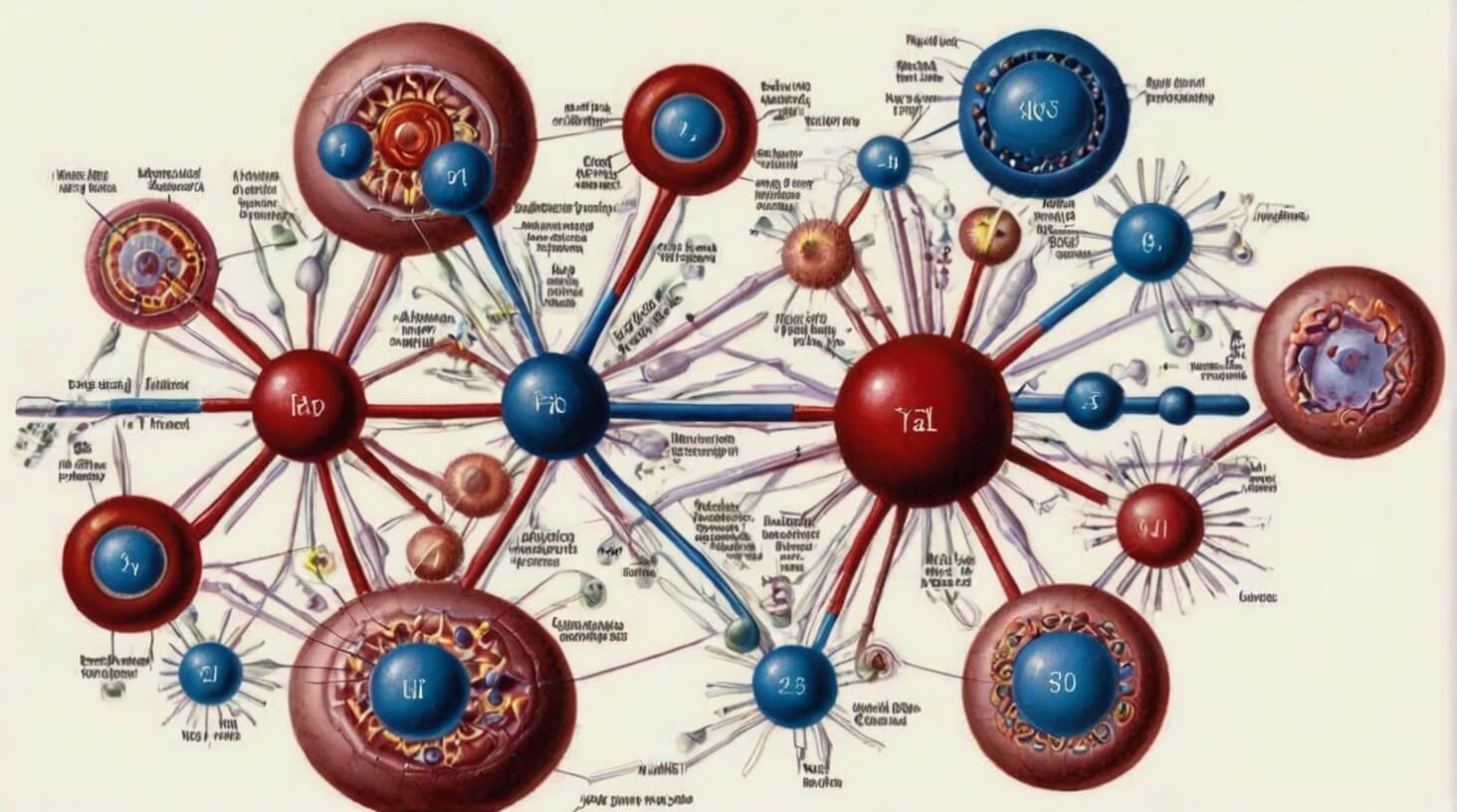
As we consider the persistent threat of chronic inflammation on aging, it’s imperative to explore the specific inflammatory pathways that become more active as we grow older. Aging is accompanied by a shift toward a pro-inflammatory state, known as “inflammaging,” which contributes to increased morbidity and mortality by exacerbating various pathological conditions.
The inflammation of aging is driven by several key factors:
- Senescent Cells and SASP: Senescent cells accumulate with age and secrete pro-inflammatory mediators that make up the SASP. This not only promotes chronic inflammatory responses but also propagates cellular senescence in neighboring cells.
- Immune System Deterioration: As immune cells become senescent, they contribute to the age-associated chronic inflammation cycle, diminishing the body’s ability to respond to infections and clear senescent cells effectively.
- Reactive Oxygen Species (ROS): Elevated ROS levels, a byproduct of cellular metabolism, damage cells and tissues, leading to an inflammatory response. With age, the body’s antioxidant systems become less effective, unable to counterbalance the accumulated ROS.
The signaling pathways involved in the inflammation of aging are complex and interconnected, often involving the activation of nuclear factor kappa B (NF-κB), a key regulator of inflammatory responses. NF-κB activation induces the expression of various inflammatory genes, perpetuating the chronic inflammatory state. Moreover, the chronic inflammatory environment can lead to the dysfunction of organs such as the liver and lungs, further contributing to the aging process and disease development.
Understanding these age-related inflammatory pathways offers critical insight into potential interventions. By modulating these pathways, it may be possible to mitigate the detrimental effects of chronic inflammation and improve health outcomes for older adults.
Impact on Age-Related Diseases

Chronic inflammation acts as a catalyst for a multitude of age-related diseases, relentlessly undermining your body’s functions and exacerbating conditions from arthritis to cardiovascular disease. As you witness the aging process unfold, it’s essential to recognize that low-grade chronic inflammation is not merely a symptom but a driving force behind the deterioration of immune function. This gradual impairment, known as the immunosenescence process, leaves you more vulnerable to infections and diseases.
The link between chronic inflammation and age-related diseases is evident in how senescent cells, which accumulate over time, propagate inflammation. Their secretory phenotype releases inflammatory factors that not only accelerate aging but also predispose you to a range of pathologies. For instance, inflammation within the bone marrow, liver, and lungs can directly contribute to organ-specific age-related diseases by causing functional decline and tissue damage.
Considering this, targeting the inflammatory mechanisms of senescent cells presents a promising avenue for mitigating the impact of aging and age-related diseases. By curbing inflammation, you could potentially improve overall health and decrease increased morbidity associated with aging.
Moreover, chronic inflammation is intricately linked to metabolic disorders like type 2 diabetes, where it plays a pivotal role in both the onset and progression of the disease. Addressing inflammation, therefore, isn’t just about alleviating symptoms—it’s about interrupting the cycle that leads to these chronic conditions.
In serving others, it’s critical to understand that managing chronic inflammation could be a key strategy in enhancing the quality of life for the aging population. By adopting an anti-inflammatory lifestyle and seeking interventions that target inflammation, you’re not just fighting age-related diseases; you’re proactively contributing to the longevity and well-being of those you care for.
Anti-Inflammatory Interventions
Recognizing the pivotal role of chronic inflammation in accelerating aging and related diseases, it’s crucial to explore effective anti-inflammatory interventions that can mitigate these effects. Inflammatory factors, such as pro-inflammatory cytokines, contribute to the process known as inflammaging, which is characterized by chronic inflammation during aging. This biological phenomenon leads to a decline in immune surveillance and an increase in the risk of age-related pathologies.
To address this, several therapeutic strategies are being developed:
- Senolytic drugs aim to selectively target and eliminate senescent cells, which are a source of inflammatory factors and contribute to tissue dysfunction.
- Immunomodulators work to modulate the immune response, potentially reversing immunosenescence and reducing the production of pro-inflammatory cytokines.
- Lifestyle modifications, such as diet and exercise, have been shown to have systemic benefits, including the reduction of chronic inflammation and enhancement of immune function.
These interventions target cellular processes, such as DNA damage and the accumulation of senescent macrophages, which are instrumental in perpetuating chronic inflammation during aging. By reducing the burden of senescent cells, senolytic drugs, for example, can potentially alleviate DNA damage-induced inflammation and restore a more youthful cellular milieu.
Furthermore, chemical interventions that modulate epigenetics and metabolism offer promising avenues for anti-aging therapies. By correcting the dysregulated pathways, these interventions may enhance hematopoietic stem cell function, thereby improving the body’s natural ability to maintain homeostasis and defend against age-related diseases.



